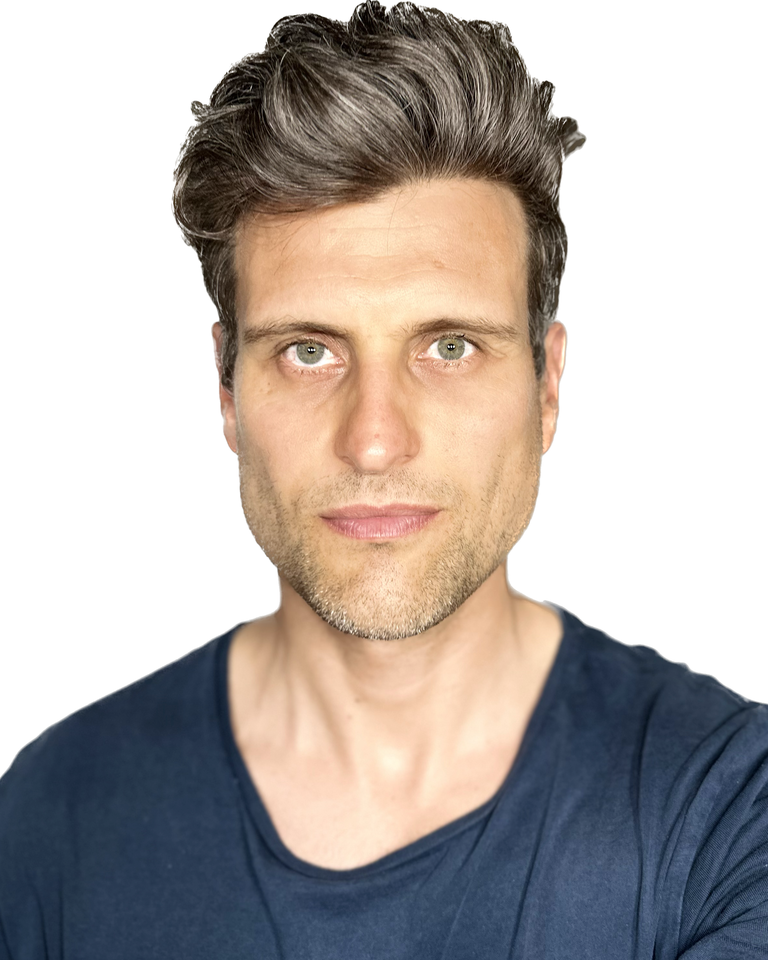Equilibrium-based shoreline evolution modeling
Coastal zones are highly complex and dynamic environments shaped by diverse forcing agents such as waves, nearshore currents, sea levels, storm surges, winds, human interventions, and other oceanographic and sediment supply factors that occur on different spatio-temporal scales. Hence, coastal managers and stakeholders need simplified and practical models to estimate future beach morphodynamic changes to face decision-making. In order to improve the modeling and accurate predictions of the morphological evolution of beaches, it is necessary to investigate in detail the dominant physical processes at a range of spatial and temporal scales, using a variety of different approaches. Further efforts are needed, requiring interdisciplinary expertise with the aim of i) a better understanding of the integrated shoreline movements evolution taking into account the climate change impacts and ii) providing a portfolio of validated tools to predict medium to long-term beach change.
The shoreline hindcast under the influence of changing marine conditions has been mostly considered using existing robust shoreline evolution models, such as one-line shoreline models, multi-line shoreline models, combined models, and 3D models. All of them require long data series, many calibration parameters and are computationally intensive.
This project focused on the development and improvement of equilibrium-based shoreline evolution models used for daily to multiannual shoreline prediction, in diverse coastal environments.
As an initiative derived from this project, an international network has been consolidated among multiple expert researchers in the coastal modeling field, with the participation of more than 50 researchers from 15 countries. This has been called Global Equilibrium Shoreline Evolution Models (GESEM) network to predict medium to long-term beach change and its main objectives are:
• Harmonize efforts and products, testing and improving the ability of models to predict shoreline changes.
• Integrate cross-shore and longshore morphodynamic processes, preserving sediment balance and taking into account the climate change impacts.
• Develop standardized and open-source tools, guidelines, and practices.
• Validate methods and models.
• Provide results of medium to long-term shoreline evolution at local and regional scales.
• Dissemination of results.
Partners
- University of Cantabria
- Environmental Hydraulics Institute of Cantabria
- Technische Universiteit Delft
Contact
If you have any questions, please contact Camilo Jaramillo Cardona (C.JaramilloCardona@tudelft.nl) . The project is supervised by José A. Á. Antolínez (J.A.A.Antolinez@tudelft.nl)

